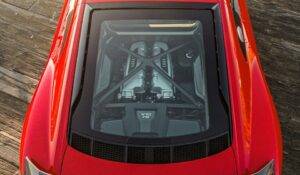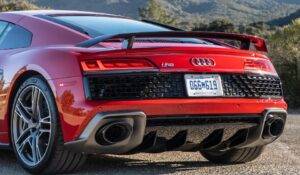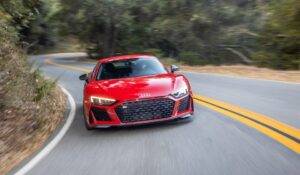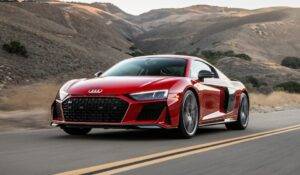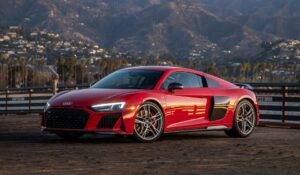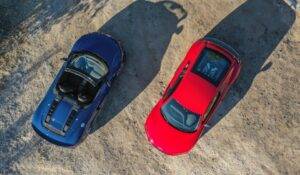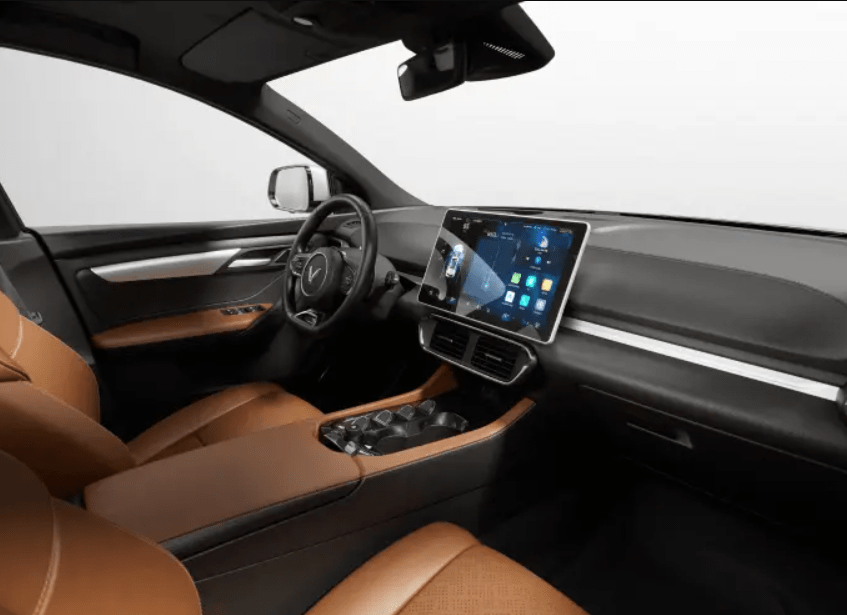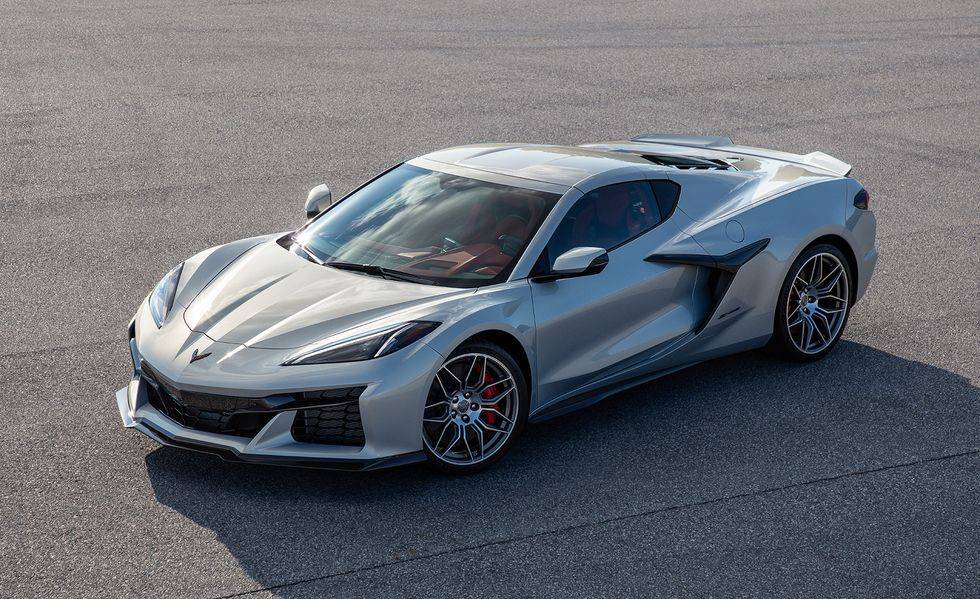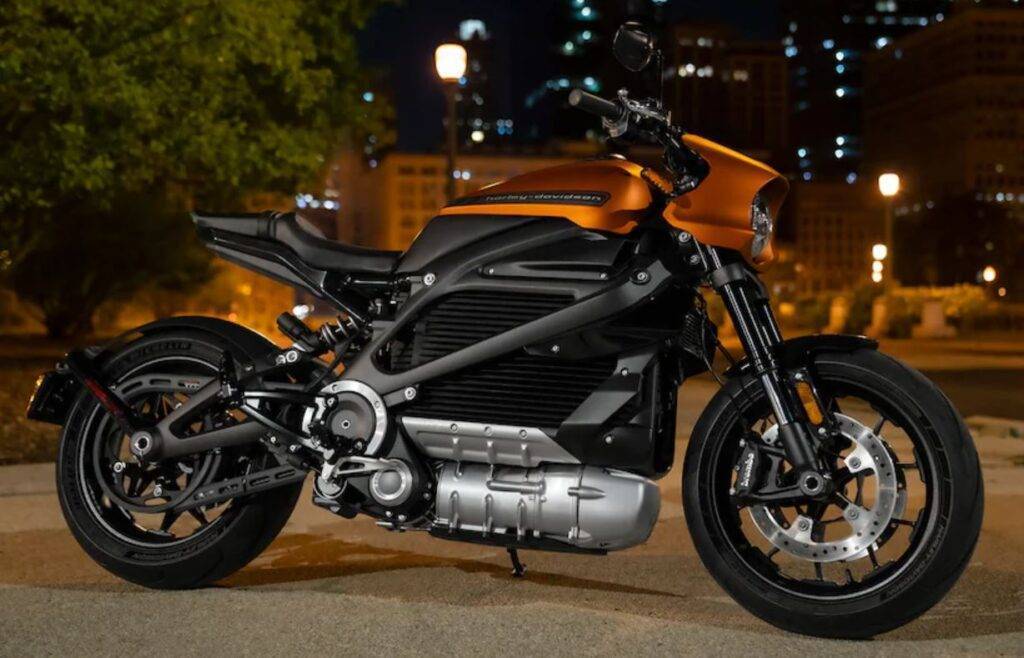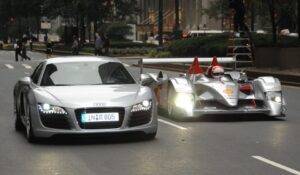
Audi’s R8 sports car has endured in a way that few others have. For all of the dramatic changes that mid-engine performance coupes have been through in the past two decades, much of its core character remains intact, making the latest iteration feel cutting edge while remaining warmly familiar.
Endurance, after all, is in the R8’s DNA. The road car we know today is named after Audi’s twin-turbo V8 LMP (Le Mans Prototype) race car that brought home a multitude of endurance championship wins in the early 2000s. The multiple victories at Le Mans led Audi to develop the Audi Le Mans Quattro concept car to celebrate these achievements in 2003. This vehicle went on to inform a great deal of what became the R8 production road car introduced in 2006.
It’s a victory lap, in essence, one that’s persisted for 15 years and a major design update in 2015, but it might soon reach its conclusion. Audi’s shift towards an electrified lineup means that the R8 will inevitably step aside for the automaker’s next halo car, and it felt appropriate to hop behind the wheel of the game-changing supercar for one last ride.
Pole Position
The Audi R8 arrived on the scene in a stunning fashion. Penned by superstar designer Walter De Silva, formerly of Alfa-Romeo, it was a spaceship on wheels with Lamborghini bones and a mid-mounted 4.2-liter fuel-injected V8 centerpiece in honor of its racing progenitor. It captivated the car world with its super-streamlined profile, the front and back separated by its distinctive side blades that make its rear end appear almost stumpy at certain angles.
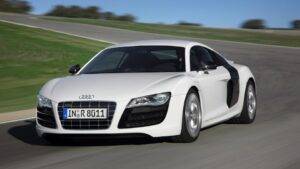
Its Lambo relation came by virtue of Audi AG’s 1998 acquisition of the Italian supercar maker, with both being part of the burgeoning Volkswagen Group collective. Developed jointly with the Italian company’s Gallardo, the familial traits are prominent between the two platform-sharing sports cars: all-wheel drive, two-seats, and a mid-mounted engine. Lamborghini’s V10 engine remained a Gallardo exclusive, at least at first.
In its purest form, the R8’s 414-horsepower V8 was paired with a six-speed manual gearbox and sent power to all four wheels, though only 30% ever went to the front while the rest powered the rear wheels. Hit the ignition, and the R8 immediately sets itself apart from other V8-powered cars by sound alone. Unlike the usual, boisterous V8 howl, Audi’s power plant sounds muted and almost clinical when fired up.
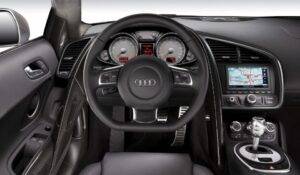
An odd choice? It would seem so at first, but it’s a key connection to Audi’s motorsport innovation. Speaking about the diesel-powered R10 race car in the Audi-produced 2008 documentary Truth in 24, Ulrich Baretzky, then head of Audi Sport’s engine department, stated his belief that noise is a form of energy. If being loud is being wasteful, the V8 R8 was soft-spoken for the sake of efficiency. It’s easy to see how this ethos made its way into the very heart of Audi’s celebratory sports car.
Driving the original car feels like dancing with a skilled partner capable of anticipating your every move. It’s a car you control with the shimmy and shake of your hips as much as your hands. Its gated shifter is heavy and “clacks” with each slide into the gate while the clutch pedal is effortlessly light. Every move is confident, planted and stable, and helps transform you into a driving superstar.
Going The Distance
Fast forward to today, and seeing the current R8 is like catching up with an old friend. Years have passed, and although a touch shorter and a bit wider, they’ve kept fit in the interim. Its stunning good looks have hardened ever so slightly as a result of a few visual updates, each with a hint of restraint to avoid ruining a design that’s aged incredibly well. When the car entered its second generation in 2015, very little about its personality changed.
The side blades have been done away with, though the side duct it accented remains. Though sharper than ever, the eye-catching automobile still—and perhaps always did—has a level of Teutonic reticence baked in. It could visually and audibly shout much louder than it does. Best leave that for the Lambo cousins, I suppose.
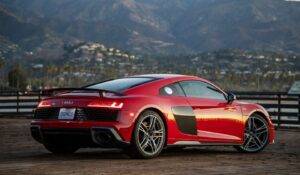
Its V8 centerpiece has made way for a 5.2-liter V10 that comes in two naturally aspirated flavors. The V10 in the base R8 V10 Coupe quattro whips up 532 hp and 398 lb-ft of torque, while the slightly hotter version found in the R8 V10 performance Coupe quattro is good for 602 hp and 413 lb-ft of torque.
All-wheel drive remains, but, along with the usual rear-wheel bias, power can be variably distributed to all four wheels for optimal performance, giving the R8 even greater control than before. After dabbling with a limited run, a rear-wheel drive only variant is now a permanent menu option as well.
Like the V8, the manual transmission option is long gone, replaced with a seven-speed dual-clutch automatic transmission that’s lighting fast in choosing the right gear. The paddle shifters are punchy and fun to use during a jaunty backroad thrash, but drivers trying to eke out the best performance possible should probably just get out of the car’s way.
Some of the most significant changes come from within. The R8’s cabin was always sleek and driver-focused but unspectacular, particularly the early versions of Audi’s MMI infotainment system. In the aughts, the technology and standards of user-friendliness still had a long way to go. The accidentally positive thing about the frustrating to use MMI was that ignoring it did wonders for driver engagement.
In the current car, it’s like jumping from flip-phone to iPhone. More driver-centric than before, the democratized middle-dash location of the nav and infotainment screen is gone, making way for the Audi Virtual Cockpit, a full-color digital screen that incorporates all the usual interface options with the digital gauge cluster. The 12.3-inch wide screen’s customization and rapid-fire refresh rate make for a component just as integral and enjoyable as the car’s performance bits, a rare positive when infotainment systems habitually lag behind the rest of a car’s innovation.
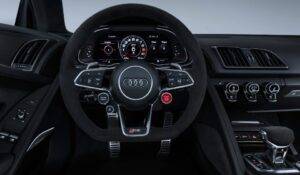
Speaking of performance, the R8’s driving characteristics remain as engaging as ever. Tipping the scale just above 3,400 lbs, the car delivers a great deal of substance with each maneuver. It feels hefty without being sluggish and lithe without feeling overly light at speed. And speed it does deliver. Shooting from 0 to 60 in 3.2 seconds towards its 205 mph threshold, the R8’s attitude flips on a dime and punches through the air like a commercial jet; powerful yet smooth.
The R8 still dances like a pro, and it’s picked up a few new steps during its many years on the scene. It’s also still a car that elevates the driver beyond their raw talent. It has the tolerance of a saint, forgiving far more ham-fisted inputs than other cars of its ilk, though it still has limits. As expensive playthings go, very few feel as accessible as the R8.
It’s perhaps due to that ease of use while still delivering top-tier talent to performance-demanding situations that have kept it in the car world’s esteem for so long. It’ll be a tough act to follow.
E-Tron Legacy
As enduring as the R8 has been, the ride can’t last forever. V10 engines are endangered species, and Audi’s electric e-tron-labeled path to the future is well-plotted. Even Iron Man himself traded in his R8 for the next phase of Audi performance.
At the moment, the sharpest picture we have of what will follow the R8 is the hinted-at E-Tron GTR, a supercar that will produce something in the range of 650 hp of all-electric power. As the R8’s reign comes to an end, the base 532-horsepower R8 quattro has been nixed for the 2021 model year. That leaves the high-performance 602-horsepower R8 quattro and rear-wheel drive R8 models to uphold the legend for a little while longer.
What is clear is that the Audi R8 will undoubtedly inform the next generation in a big way due to its enduring style, accessibility and well-rounded performance chops. It’s going to be sad to see this old friend go, but its legacy is, appropriately, sure to endure.
